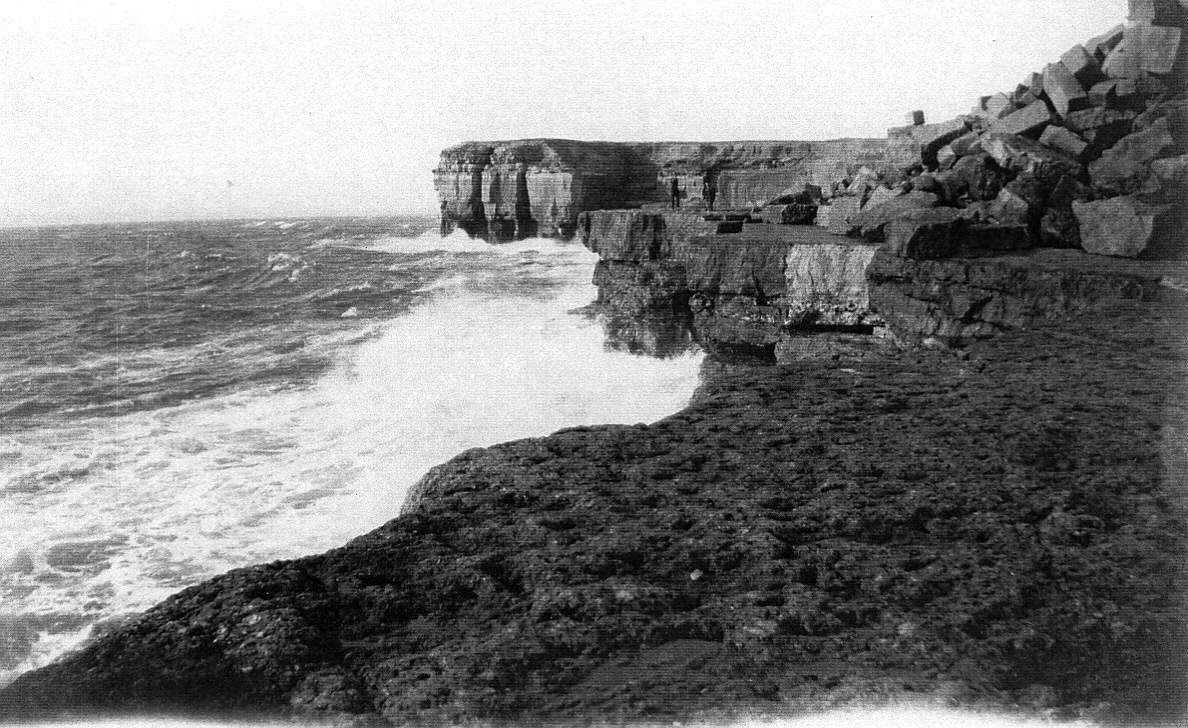Early Years – Shipwreck…
Two catastrophes at sea are particularly worth mentioning, the first concerns the disaster that in November 1795 befell the fleet of Admiral Christians on passage to the West Indies loaded with supplies and provisions for a campaign against the French. The ships were embayed by a gale and five transports flung ashore were plundered, with many scavengers coming from afar as the news spread. Little of the cargo was retrieved by the authorities as most passed into Portlanders and other hands. We know this because some of the spoil was used in 1803, of which more in a family context later.
The other and more notorious was the collision of the Avalanche and the Forest in September 1877. The Avalanche was a three year old, and three masted clipper of 1160 tons old carrying 97 passengers and crew back to New Zealand. The Forest was a heavily built sailing ship of 1422 tons sailing to New York with 21 hands. Visibility was poor as the vessels came too close in a rough sea, and by the time they were in sight it was too late. Despite desperate evasive action, the ships collided and the Avalanche sank within five minutes. All her passengers-men, women and children- and all but 3 of her crew went down with her and 9 of the Forest’s crew also drowned.

The sheer nature of the cliffs, the strength of the sea and jumbled stones show the nature of West Cliff. It is against these cliffs were vessels cast with little chance of getting off in a fierce Westerly gale.
In the middle distance faint figures can be seen, probably one being Grandfather John (5).
The first “Comben” lighthouse was just South of this point.
The disaster, and the great heroism of the local boatmen, including a John Flann, William Flann senior (1816-1898) and William Flann junior (1840-1892) – second cousins of Top Hill Flanns, aroused nationwide concern. It was marked by the building of the “Avalanche Church”, dedicated to St Andrew and situated on a knoll overlooking both the village of Southwell and out to the English Channel and the sea where the disaster occurred.

